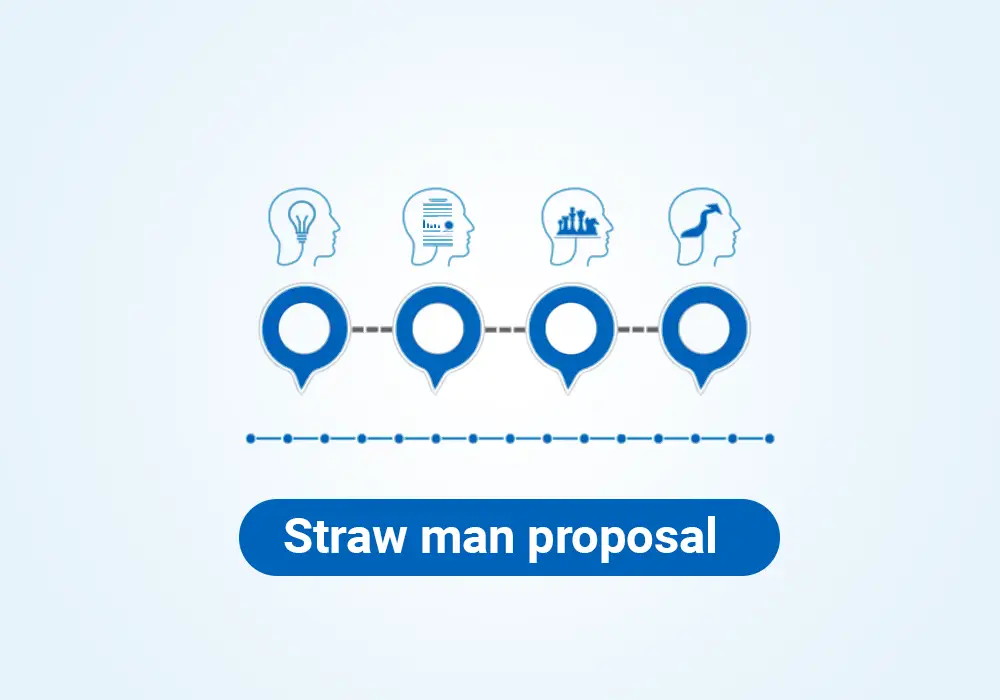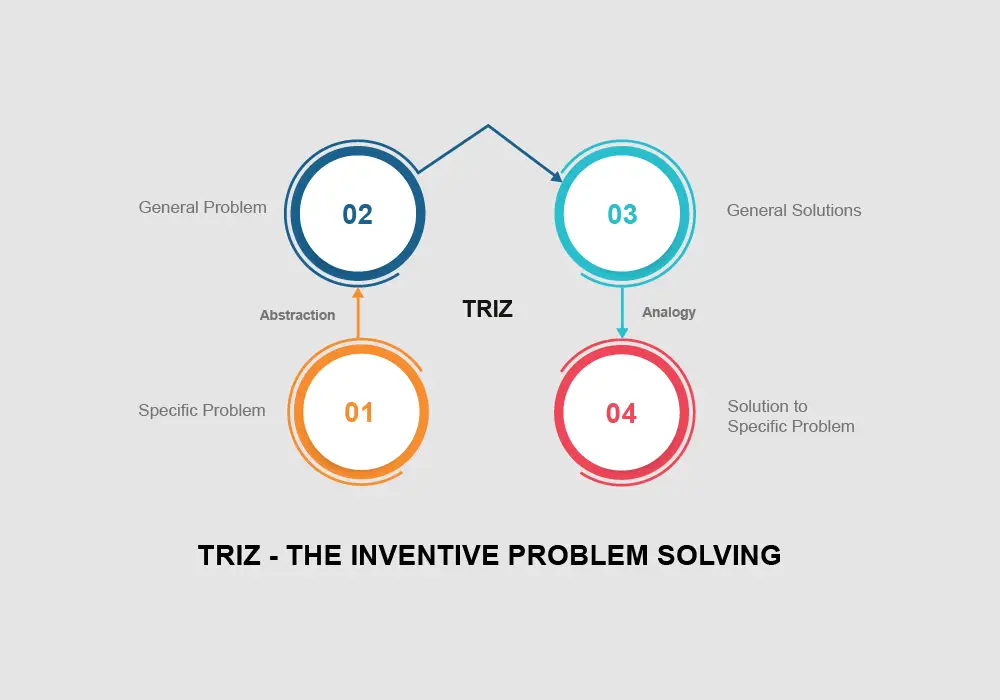Strawman proposal

Management consultants McKinsey has been developed several problem-solving proposals and strategies that are in line with your business problems. Strawman’s proposal for project managers is one among them. Straw man proposal is a method of problem-solving often applied to solve customer-centric issues with a more organized approach. It is a brainstorm-like approach to addressing the deficiencies of business enterprises and companies. The “strawman” is an imperative tool for collaborative problem-solving in all phases and at every level of client engagement.
A straw man proposal is a conceptual framework focusing; discuss, breaking down, and improving the methodology of customer-related problems. This is a hypothetical draft, which will make it easier to introduce better solutions and proposals on the basis of assumed knowledge.
The use of a straw man is associated with a couple of hallmarks of McKinsey’s problem-solving. The straw man is hypothesis-driven and it allows a continuous process for getting to increasingly better solutions. Like anything else hypothesis-driven, the team should be prepared to abandon it if essential and recommence work with a new straw man.
Concept
Why did they use the term straw man is unclear. A straw man functions to scare potential threats to the materials, it is a symbol of protection and easy problem-solving. On the other hand, a straw man is easy to move, destroy, and rebuild. When you have framed a hypothetical draft, it also easy to amend and recreate if it was doesn’t address the actual problems and solutions. It concerns a proposal for potential progress, with room for additional modernizations and/or adjustments.
However, you should never expect a strawman proposal would bring the final solution to your problems. Instead, it should be considered valuable support when trying to come up with the best possible answer. Opinions and ideas that arise from the Straw Man Proposal do provide valuable feedback in a solution-oriented process, however, and lead to positive adjustments and developments. It is often the counter-arguments that direct to the ultimate solution. By working with the Straw Man Proposal, you can create provisional solutions. From there, people can start to think more innovatively and enter into deliberations.
In partnership business with participatory action programs, the straw man proposal can be a beneficial tool for problem-solving. Both internal and external problems can be tracked and discussed when you have a defensive mechanism that enables open discussions.
The fit example of where a Straw Man Proposal can be applied is when coming up with an early hypothesis based on a potential principal answer to a problem. One important condition here is that every team member must be ready to make an input and be willing to analytically assess other’s contributions and discard them if required. It is about arguing and disproving the reasoning of an informal logical misconception. This creates a natural mindset for all engaged and allows one to inspect and take a quick look at all sides of a problem.

Common examples of where a straw man proposal might be used
- Initial hypothesis for the overarching response for a customer engagement
- Partnership firms, that are engaged in the participatory discussion to solve internal problems
- Those firms who are like to involve their staff in developmental discussions.
- All firms that have participatory action plans
Operational method
Problem-solving is a multi-faceted approach that needs alternative choices. Though, one can apply the straw man proposal to different problems. For example, it can be used to stop revenue drops, identify unknown threats, find out potential causes, and make resolution platforms by brainstorming sessions. You can follow the following steps when you have decided to apply the straw man proposal.
-
concept proposal
If you have a suggestion or a concept that addresses the present problems of your business, you can propose this framework before the bench of discussion. This hypothetical draft is a straw man proposal that will shape the basis of the management consultant.
-
Discuss
The hypothetical framework is then discussed with the management team. . Team members who are in support provide detailed arguments and list all the benefits. The challengers, on the other hand, give their doubts or objections and mention the possible drawbacks or disadvantages. By considering the Straw Man Proposal, as just a concept, all team members are free to answer and give their frank opinion.
At this phase, their input has no direct influence yet. All team members are given the chance to provide open feedback and plans. One significant condition here is that the team must be conscious that the proposal is merely a Straw Man Proposal. All denunciation and ideas for progress are welcome. After all, these are just discussions thereby extracting the pros and cons of the proposal.
-
Clear up
All the contributions including both pros and cons are collected, and the proposal will be subjected to SWOT analysis. Afterwards, the suppositions and decision-making criteria are explained, on the basis of which a new and advanced suggestion can be made.
-
Ultimate decision
On the basis of the discussion, a synthesis of the proposal can be presented, which will lead to the final decision.
Final word
When problem-solving, it’s important to consider all possible solutions, even those that may seem far-fetched at first. This is where the strawman comes in. A strawman is an argument or idea that is easily disproven but can nonetheless provide valuable feedback. By considering and then discarding a straw man, we can often gain new insights into the problem at hand and find the real solution. And sometimes, the most effective strawman is the one that gets discarded but reveals where the answer is not. So next time you’re stuck, don’t be afraid to consider a straw man argument. It just might lead you to the answer you’ve been looking for all along.


